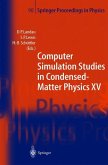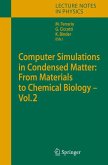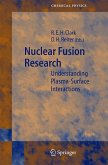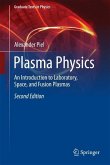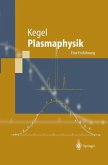This book addresses hybrid simulation of plasmas; it is aimed at developing insight into the essence of plasma behavior. Major current applications are to astrophysical and space plasmas. Some applications are connected with active experiments in space. However, hybrid simulations are also being used to gain an understanding of basic plasma phenomena such as particle acceleration by shocks, magnetic field reconnect ion in neutral current sheets, generation of waves by beams, mass loading of the supersonic flow by heavy pickup ions and the dynamics of tangential discontinuities. Such simulations may be very important not only for the study of the astrophysical plasmas, but also for the study of the magnetically and inertially contained fusion plasmas, and other laboratory plasma devices. Plasma is the fourth state of matter, consisting of electrons, ions and 4 neutral atoms, usually at temperatures above 10 K. The stars and sun are plasmas; the local interstellar medium, the solarwind, magnetospheres and ionospheres of planets and comets, Van-Allen belts, etc., are all plasmas. Indeed, much of the known matter in the universe is plasma.
From the reviews: "This book provides a very useful guide for researchers as well as graduate students in the field of plasma numerical modelization, primarily by hybrid methods that treat some aspects of the plasma dynamics kinematically and some others as fluids. The vast literature on the subject is summarized in a way that can rapidly be exploited by computer knowledgeable persons and a few exercises are proposed that can be used in courses in astrophysical plasmas." (Mathematical Reviews 2003g) "This book provides a very useful guide for researchers as well as graduate students in the field of plasma numerical modelization ... . The vast literature on the subject is summarized in a way that can rapidly be exploited by computer knowledgeable persons and a few exercises are proposed that can be used in courses in astrophysical plasmas. ... This book, which provides a useful guide to the literature, is somewhat specialized to the specific problems of space plasmas ... ." (Thierry Passot, Mathematical Reviews, 2003 g)


